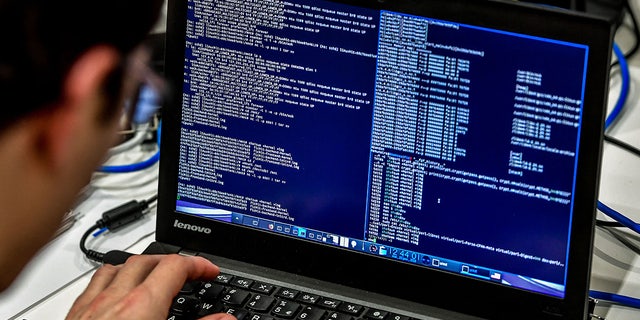A Clever Honeypot Tricked Hackers Into Revealing Their Secrets
Plenty of people tried to access the system. Over the past three years, it has captured 21 million login attempts, with more than 2,600 successful logins by attackers brute-forcing the weak password they purposefully used on the system. They recorded 2,300 of these successful logins, gathered 470 files that were uploaded, and analyzed 339 of the videos with useful footage. (Some recordings were just a couple of seconds long, and proved less useful.) “We cataloged the techniques, the tooling, everything done on these systems,” Bilodeau says.
Bergeron and Bilodeau have grouped the attackers into five broad categories based on character types from the role-playing game Dungeons and Dragons. Most common were the rangers: once these attackers were inside the trap RDP session, they would immediately start exploring the system, removing Windows antivirus tools, delving into folders, looking at the network it was on and other elements of the machine. Rangers wouldn’t take any action, Bergeron says. “It’s basic recon,” she says, suggesting they may be evaluating the system for others to enter it.
Barbarians were the next most frequent kind of attackers. These use multiple hacking tools, such as Masscan and NLBrute, to brute-force their way into other computers, the researchers say. They work through a list of IP addresses, usernames, and passwords, trying to break into the machines. Similarly, the group they call wizards use their access to the RDP to launch attacks against other insecure RDPs—potentially masking their identity across many layers. “They use the RDP access as a portal to connect to other computers,” Bergeron says.
The thieves, meanwhile, do what their name implies. They try to make money out of the RDP access in any way possible. They use traffic monetization websites and install crypto miners, the researchers say. They might not earn a lot in one go, but multiple compromises can add up.
The final group Bergeron and Bilodeau observed is the most haphazard: the bards. These people, the researchers say, may have purchased access to the RDP and are using it for a variety of reasons. One person the researchers watched Googled the “strongest virus ever,”…





